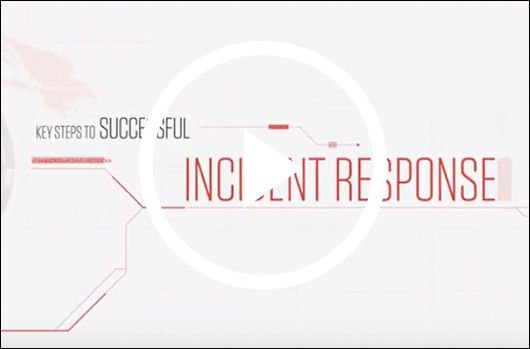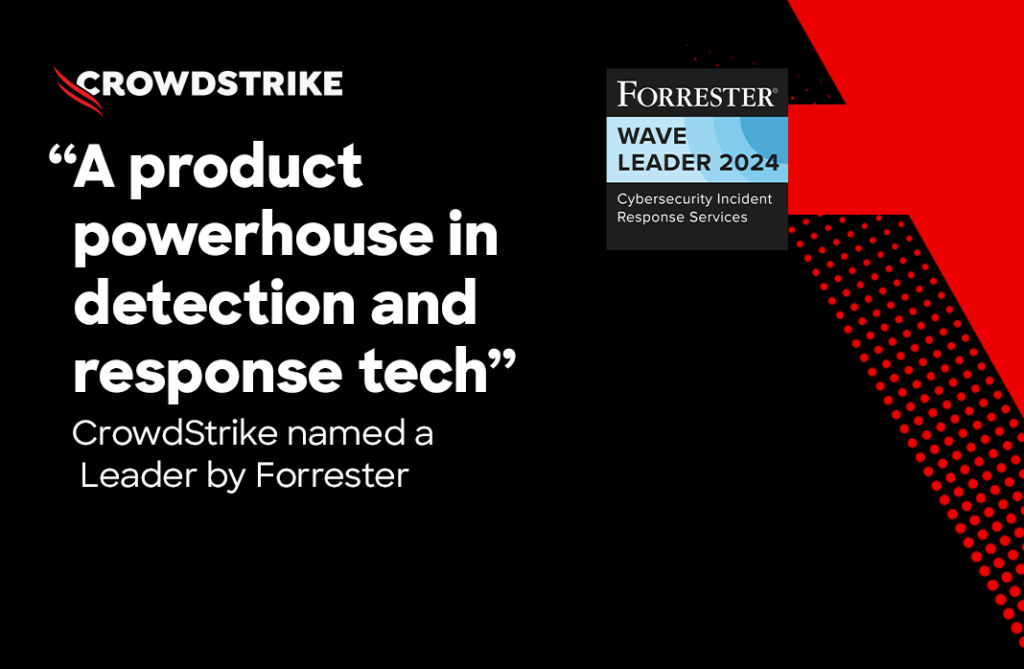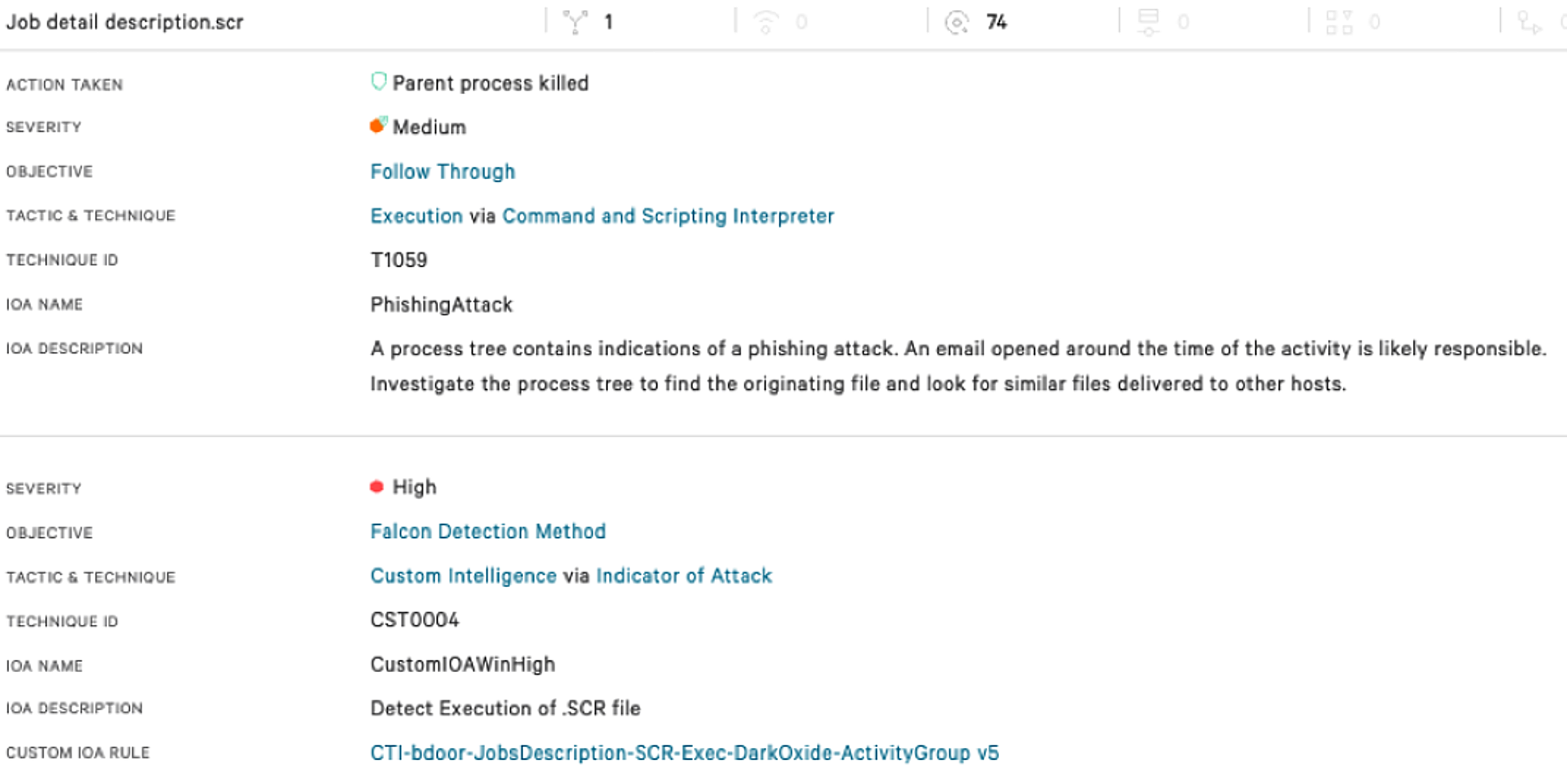Since September 2019, Falcon OverWatch™ has been tracking an as yet unattributed actor, conducting targeted operations against organizations within the Asia Pacific (APAC) semiconductor industry. CrowdStrike Intelligence tracks this activity cluster under the name DarkOxide. CrowdStrike Intelligence has not yet determined the motivation of this activity cluster, but its tactics, techniques and procedures (TTPs) and target scope indicate it is more likely focused on the theft of sensitive information than on direct financial gain.
Telltale TTPs Reveal a Cluster of Activity
The DarkOxide cluster exhibits a very specific set of TTPs that have changed very little over the last two years. Initially, the actor engages a target via a business-oriented social media platform under the guise of carrying out a recruitment drive (to read more about this technique, see https://attack.mitre.org/techniques/T1566/003/). The target is then encouraged to download a lure document purportedly relating to a job opening. In reality, this file is a malicious executable with a double file extension. The executables in these lures have used non-standard executable file extensions such as .PIF (program information file) and .SCR (screensaver). As Windows, by default, hides the extension of known file types, these files initially appear to be legitimate document files when viewed in Windows File Explorer.
To date, the targets of the phishing attacks have included engineering staff with access to sensitive documents and source code, indicating that theft of intellectual property is the likely motivation for these operations. The following screenshot shows the detection that appears in the CrowdStrike Falcon® UI when a victim runs one of these malicious screensaver files. In this case, the customer had enabled preventions, allowing the pattern of activity to be recognized by the sensor and terminated before the actor could complete the installation of their remote access software.
When the payload is executed, it utilizes a number of scripting interfaces, including PowerShell and Visual Basic Script, to download a further malicious binary executable. This second executable, also with a .PIF or .SCR extension, in turn installs a copy of the legitimate remote access tool, Remote Utilities, with a preconfigured command-and-control (C2) address. In a small number of cases in addition to Remote Utilities, the actor also installed the Total Manager Pro file manager. It is likely that this was in order to conduct file system searches, or to package files for exfiltration. Although the Remote Utilities binary, rutserv.exe, is a legitimate signed binary, its use is relatively rare across CrowdStrike’s customer set. As of at least March 2020, this TTP has been slightly modified, removing the first stage downloader and moving directly from the initial phishing attack to the installation of the Remote Utilities software. The following table shows how these TTPs have been shared across a number of intrusions and how they map to the MITRE ATT&CK® framework.  In June 2021, the cluster was observed deploying additional tooling to a host. Again these tools were commercial off-the-shelf software. The tooling observed included:
In June 2021, the cluster was observed deploying additional tooling to a host. Again these tools were commercial off-the-shelf software. The tooling observed included:
- Total Spy: a commercial spyware suite with capabilities including keylogging, screen capture, messaging capture and social network capture
- RDP Wrapper: an open source tool allowing RDP access to the host
- DWServe: an open source tool allowing the host to be remotely controlled from a web browser
In almost all cases, the cluster’s activity has been frustrated, either by preventions enabled by the customer, or by early notifications from Falcon OverWatch, allowing the affected systems to be contained before the actor could take further actions on objectives. In the single case where follow-up activity was observed, it consisted of modifications to the registry in order to allow further access to the host via Remote Desktop Protocol. (To read more about these techniques see: https://attack.mitre.org/techniques/T1112/ and https://attack.mitre.org/techniques/T1133/.) Since CrowdStrike began tracking DarkOxide, the activity cluster has continued to conduct operations against a number of semiconductor companies, almost exclusively located within the South Asia region.
Your Best Defense Against DarkOxide
Over the past two years, Falcon OverWatch, alongside CrowdStrike Intelligence, has been tracking an activity cluster, DarkOxide, actively targeting the semiconductor industry. Although the actor’s TTPs have remained largely consistent, they have demonstrated the capacity to adapt and improve their processes, having recently streamlined their activity by removing the need for a first-stage downloader in their intrusion process.
Defenders in the semiconductor industry should be particularly alert to this activity, which drives home the need to enlist end users as the first line of defense. The actor is actively targeting employees via social media to gain initial access. Well-trained staff can be an asset in combating the continued threat of phishing and related social engineering techniques. As noted above, the Falcon platform can identify and prevent actors’ use of malicious files with double extensions, but it is crucial the sensor is rolled out across the environment with appropriate prevention settings turned on. Defenders can slow down malicious activity by employing strict user account management based on the principle of least privilege.
Finally, but most crucially, this activity shows the lengths to which threat actors go in their attempt to evade automated detections. Whether by gaining access through phishing activities, or by using legitimate tooling to achieve actions on objectives, threat actors are always looking for new ways to pierce an organization’s defenses. A managed threat hunting service, like Falcon OverWatch, provides the continuous monitoring that is required to identify and disrupt
malicious activity before the damage is done.
Indicators of Compromise
First Stage Payload
| SHA256 Hash | Lure Filename |
| 48c19ad7436f3d311e9e63327801d0a2d6d25c0d7c7bbc3d2c6a32afb95a0187 | Final.exe |
| 9d34f653edf948d9f46522081ff00dddf2f4b62b18d138c49e3b281ca953aeb1 | Resume pdf.pif |
| 1fcb6b54b17a6c3df0047a48280b4dcab8b2f2cad2ef4b8c802b05119cedce42 | Talent Recruitment Web meeting system.pif |
| 6d1480cd5b10739af130850f9d9bfa7ebe50024c5db68dd231bc7e4bd560ffa6 | msi6.9.pif |
| 9d68049510581ff4827fd72510c59d685ce54609b07733be17492bf2403442b4 | Job description sr.scr |
| b414dca98e117d3755903ff27ffc07880f1fe2bfabfb49f6956cf82c06f4eab1 | Job description sr.scr |
| 8045f3e00e52c663ab942f39ec779ffc7ac90197ece8e574e5a70c422aa32b36 | Job detail description.scr |
| 49fbf9884299fbc6b09e640449fdc834f82a752908d381a68e2057a9861e3618 | Job description.scr |
| 186a7abdfcc2df113148650eb1673620a11bb8bfcf3c53f8a1c7429703cda715 | Job detail description.scr |
| 45e6653af40fb838eae0657a34905d5ba36052bd41819873d2afc240874b14b6 | Qualcomm Job description India.scr |
| 041398a0d34794df5b8d22683f5be7991647416f6243c7bc0441abd7c71c7c27 | Qualcomm Job details.scr |
Second Stage Payload
| SHA256 Hash | Filename |
| 9d34f653edf948d9f46522081ff00dddf2f4b62b18d138c49e3b281ca953aeb1 | one.pif |
Legitimate Binaries Observed
| SHA256 Hash | Filename |
| 5ada6d1fd62bb1740ea80a30788e55988758acc2b835e6835d6524af1e7afcbd | rutserv.exe |
| C295bd2653d6d8752ff5805b4114eee8e4370a0f16e922d81aecc5f49fa8c9c9 | rfusclient.exe |
| 966ef76fe3476d530b1b97a6f40947ed14ada378f13e44ecfe774edc998cd0b0 | srvinst.exe |
| 798af20db39280f90a1d35f2ac2c1d62124d1f5218a2a0fa29d87a13340bd3e4 | rdpwrap.dll |
| 07935229c213d1735655cc8453daa29718da2656546e05d5b3990cb49c248b98 | RDPWInst.exe |
| 43fbae4f6637c8eaa955db7e394eebd39cd261f91f36a5bc646303f123e68f13 | tsmon.exe |
| 39235102a3aeeb88678cad8d841292fc17ec3b0551cf57d755fdd523985567e8 | tsmon4.exe |
| 1ad4b06e282e3c3f22c6d194dabdc272215154f004c57b93b3882c161efc5279 | tsmon5.exe |
| 4515d7ee0d5e2e2e236499d35a154b427f07124e9edd379b6e9d62af2ae88c4d | tsmon6.exe |
Hard-Coded Command and Control for Remote Utilities
- 54.149.69<.>226
- 54.188.107<.>146
- 60.254.95<.>183
- 34.221.96<.>116
Additional Resources
- Download the newly released Falcon OverWatch annual report, 2021 Threat Hunting Report: Insights From the Falcon OverWatch Team.
- Find out more about adversaries that CrowdStrike Intelligence tracks in the CrowdStrike Adversary Universe.
- Learn about the powerful, cloud-native CrowdStrike Falcon®® platform.
- Get a full-featured free trial of CrowdStrike Falcon® Prevent™ and see for yourself how true next-gen AV performs against today’s most sophisticated threats.





![Helping Non-Security Stakeholders Understand ATT&CK in 10 Minutes or Less [VIDEO]](https://assets.crowdstrike.com/is/image/crowdstrikeinc/video-ATTCK2-1)
![Qatar’s Commercial Bank Chooses CrowdStrike Falcon®: A Partnership Based on Trust [VIDEO]](https://assets.crowdstrike.com/is/image/crowdstrikeinc/Edward-Gonam-Qatar-Blog2-1)












































